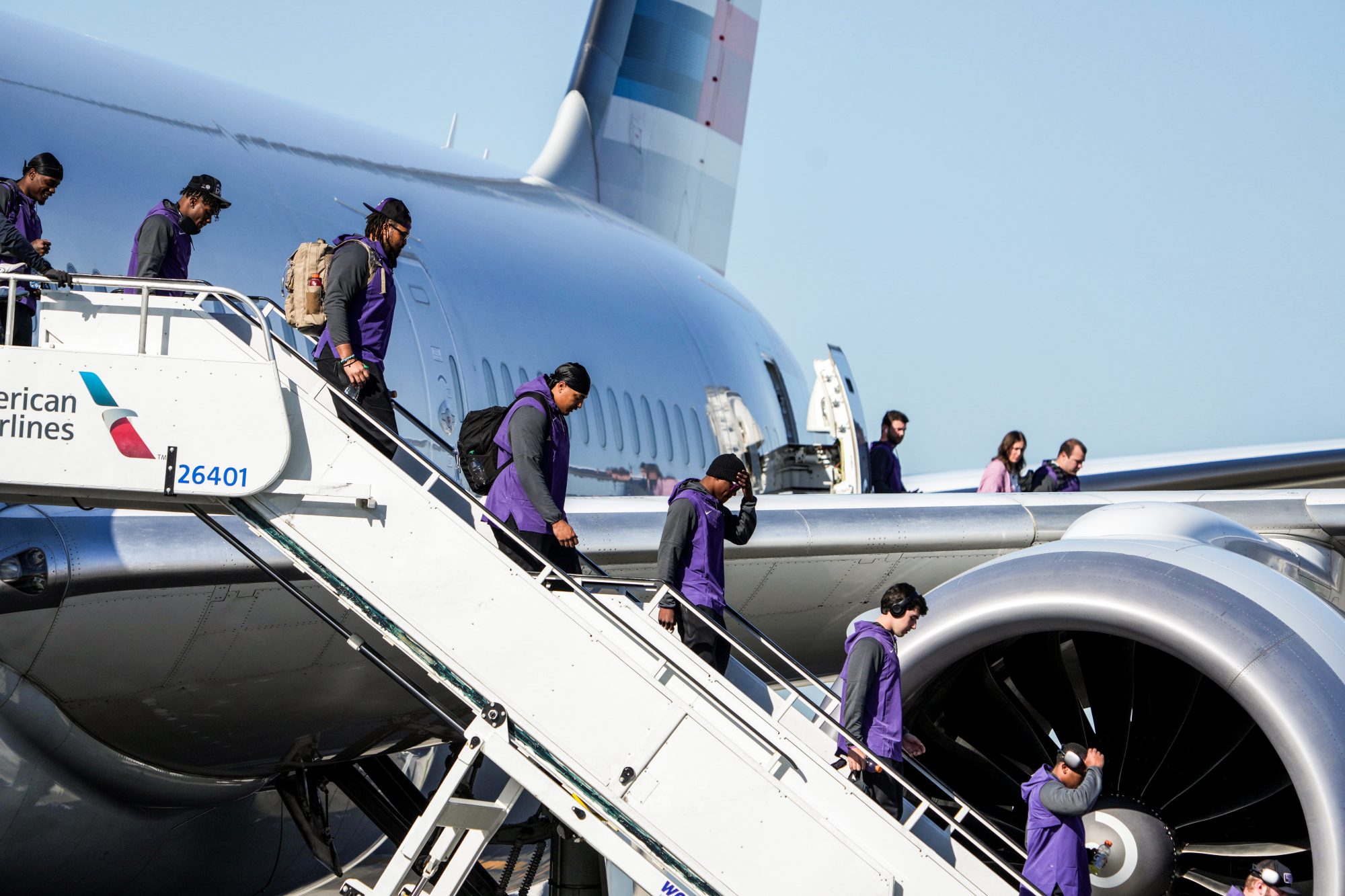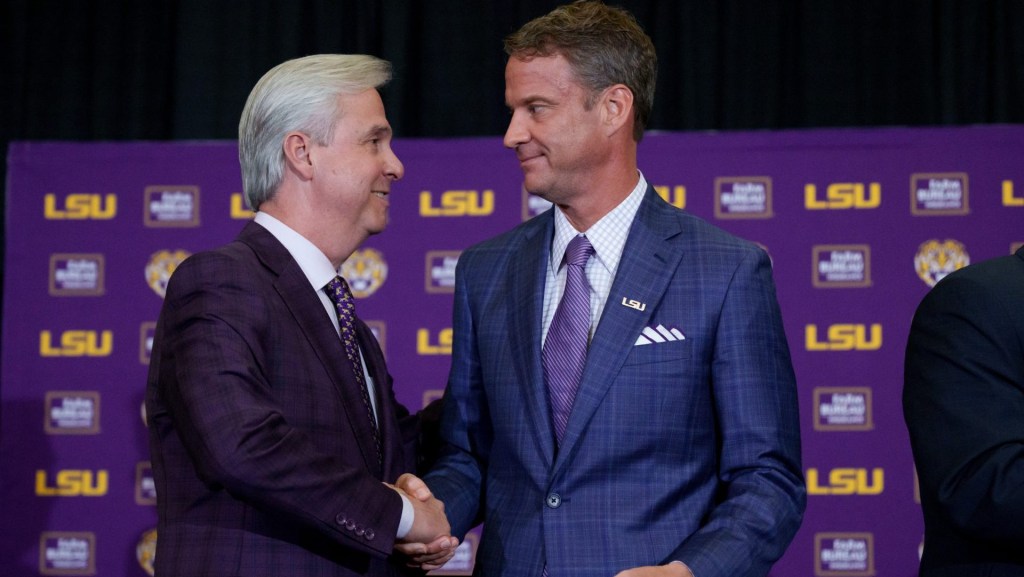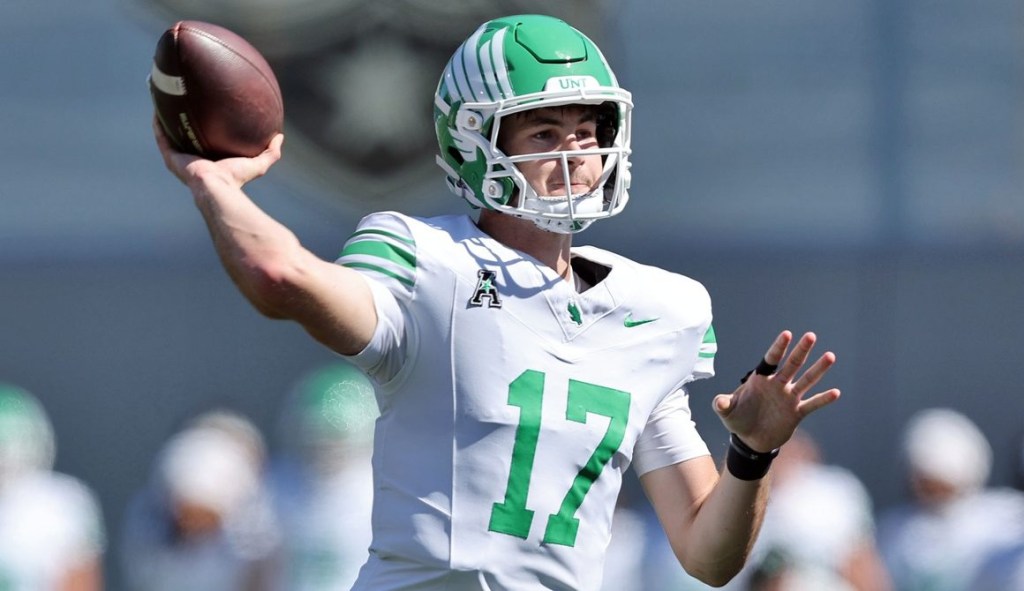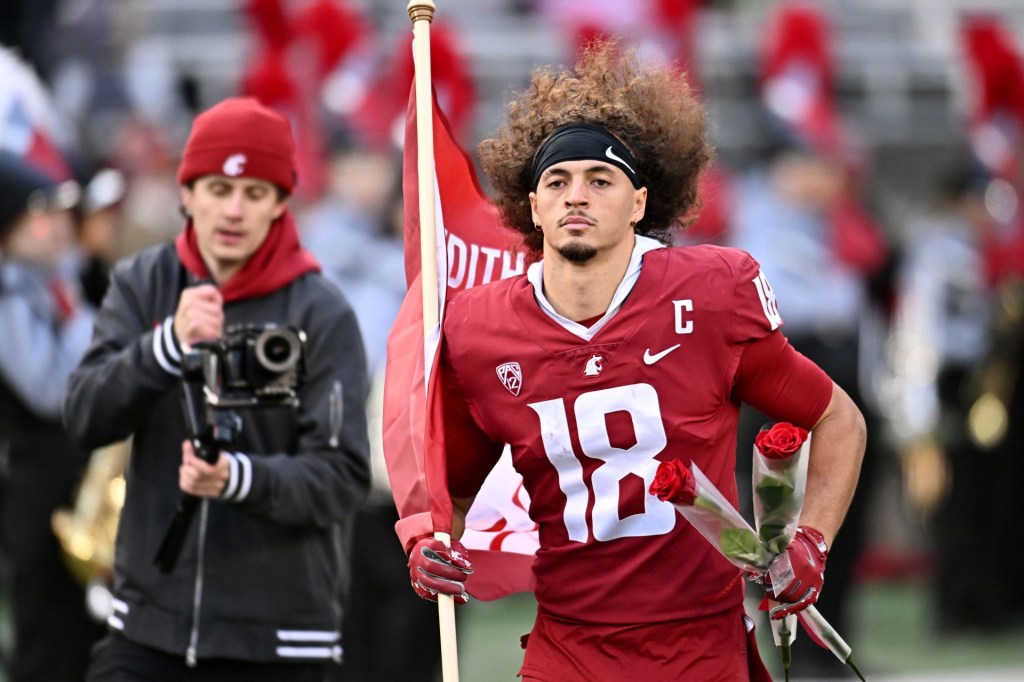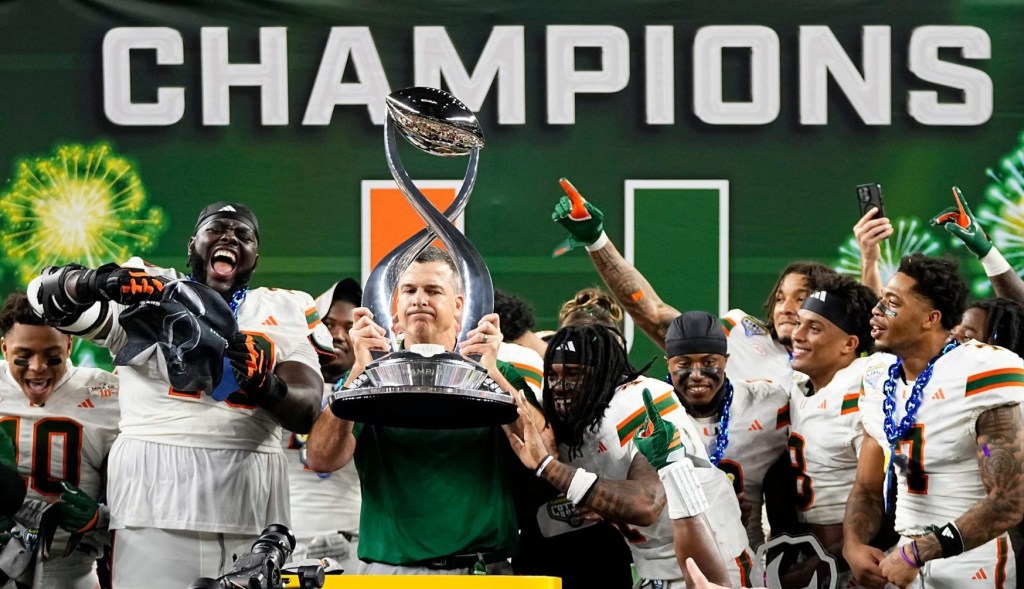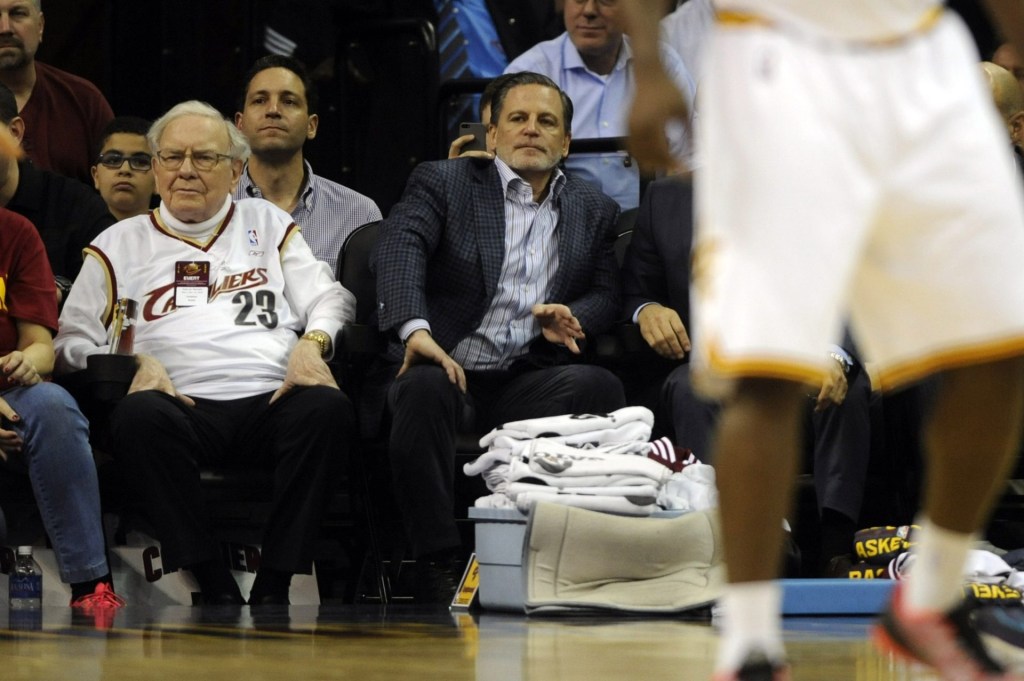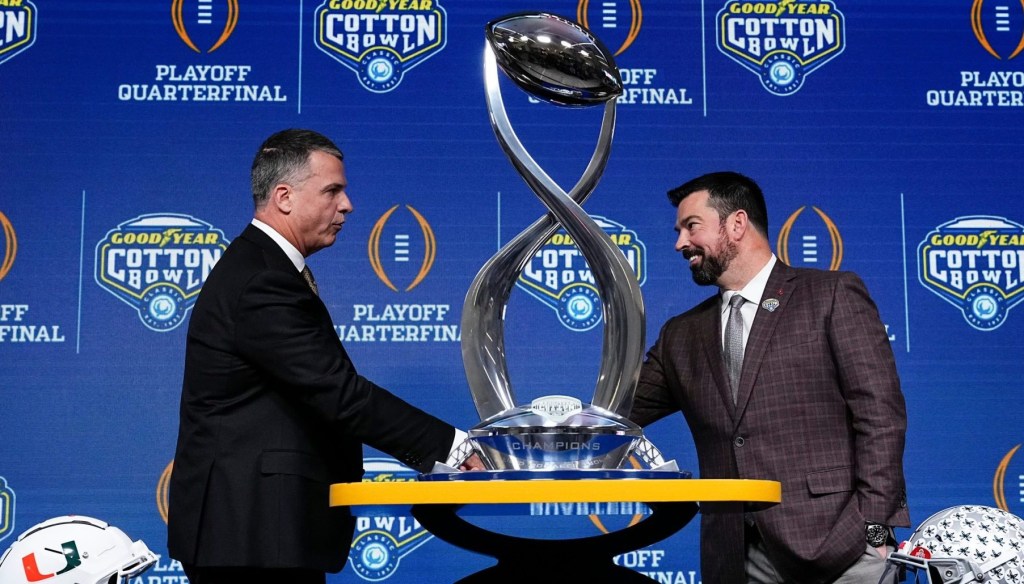The latest conference realignment moves are great for television revenue and brand power but a potential logistical nightmare for the athletes traveling farther than ever before. Administrators have said they would ease the burden by getting creative — a daunting task in it of itself.
Fortunately, major college conferences no longer work out schedules with a pen and paper, thanks to Michigan State associate athletic director Kevin Pauga — who has created a scheduling algorithm called Faktor.
The program could be a potential solution to the now ever-growing scheduling conundrums presented by conference realignment.
“We’ve got a platform … that we joke is Tinder meets Turbo Tax for scheduling,” Pauga told Front Office Sports.
Pauga is no stranger to crunching numbers for the college sports industry. He previously launched one of the six algorithms used by the NCAA basketball team sheets called KPI.
Now, he’s quickly becoming one of college sports’ scheduling experts. All of this work is done in addition to his job at Michigan State.
Pauga is currently working with two-thirds of Division I conferences on their schedules for multiple sports. The algorithm often becomes specialized based on which sport it’s used for.
Faktor is also behind seven of the 10 FBS conference football schedules for the upcoming season. The only sports it doesn’t cover currently are those with multiple-team competitions, like track and cross country or swimming.
And yes, Pauga does provide his services to the Big Ten — which will span from coast-to-coast starting in 2024, and which may experience some of the biggest scheduling challenges in the entire industry.
“The idea that there’s some number of longer travel trips, that’s not necessarily new,” he said of the Big Ten’s issues. “Conferences have stretched maybe more North-South in some cases rather than East-West. But we’ve already been doing this from a travel standpoint to some extent as it currently sits. What it means now is that we’ve got more of those travel trips that we need to be very, very mindful of.”
Here’s how Faktor works: Pauga collects input, data, and opinions from athletic directors, coaches and administrators from around the conference. He looks at everything from TV windows and competitive balance to travel times and class schedules. Schools will also provide information on what kind of door-to-door travel accommodations they can afford, like charter or commercial flights.
The algorithm can consider multiple schedules at once — how a specific sport looks across conferences, or how a school’s schedule looks across sports. That will be particularly useful for travel issues like the ones west coast schools will face in the Big Ten, as the program could come up with solutions like having multiple teams charter together.
“The algorithm is going to be as good as the human inputs into it,” he said.
The computer doesn’t have the last word, though. Pauga will often make manual tweeks to schedules before they’re final. He also noted that the later a schedule can be created, the better —- that’s because there’s more information to input like academic calendars or potential team rankings.
As conferences consolidate, sophisticated scheduling models like Pauga’s will likely only become more important — most notably for the athletes with increasingly grueling schedules.
But Pauga is a perfectionist, and he believes Faktor can handle all these complexities. “There’s nothing that’s unintentional about a schedule.”
